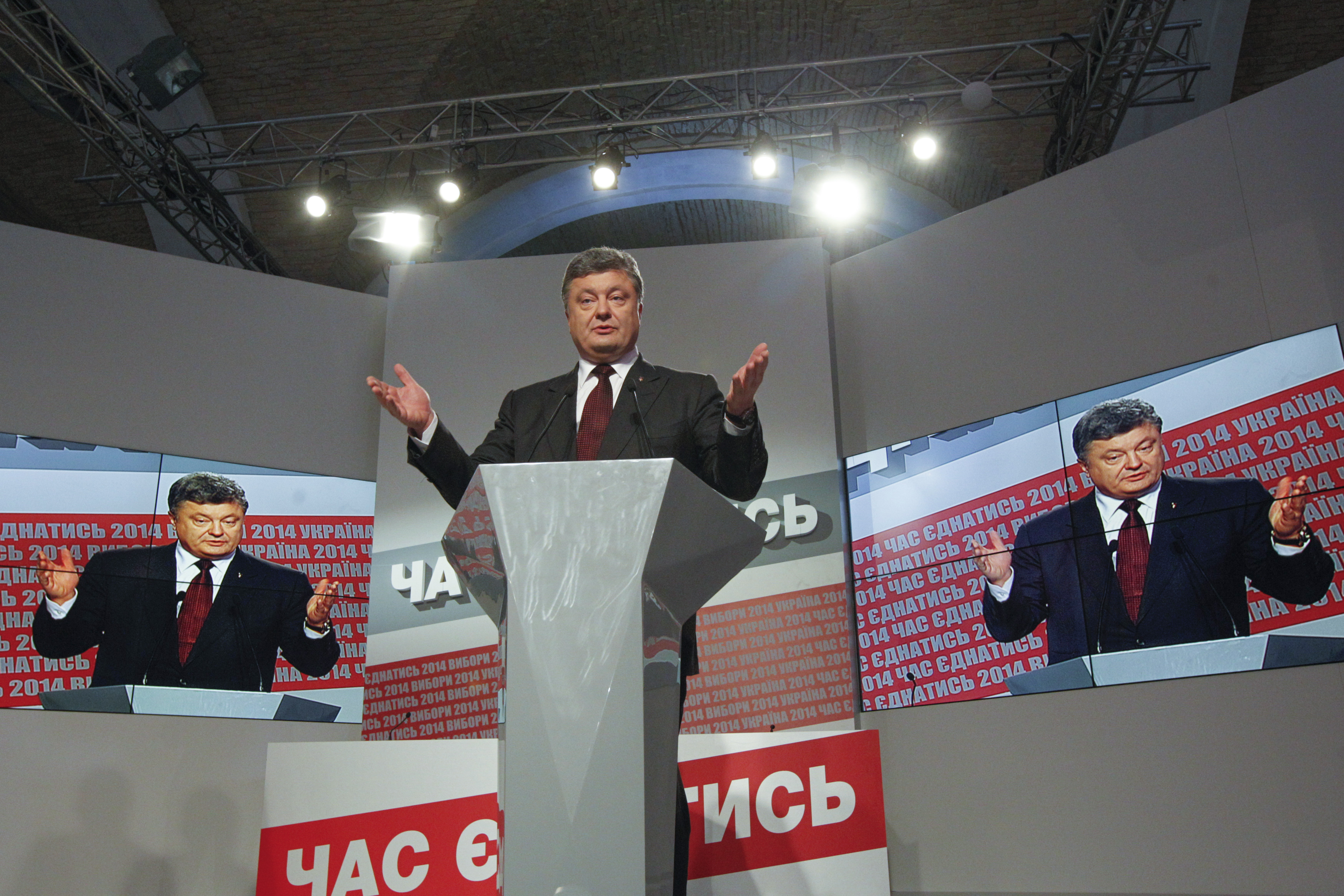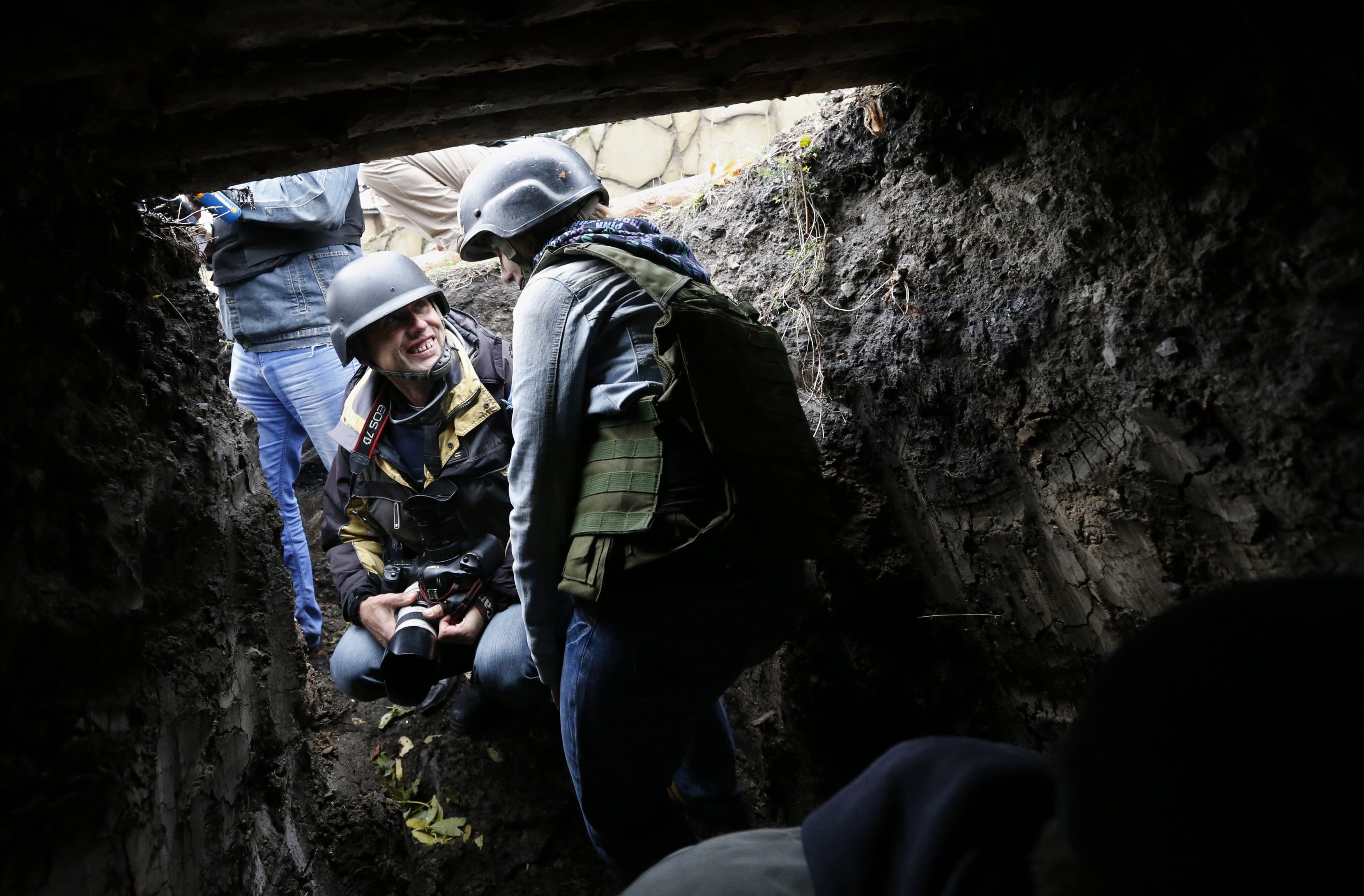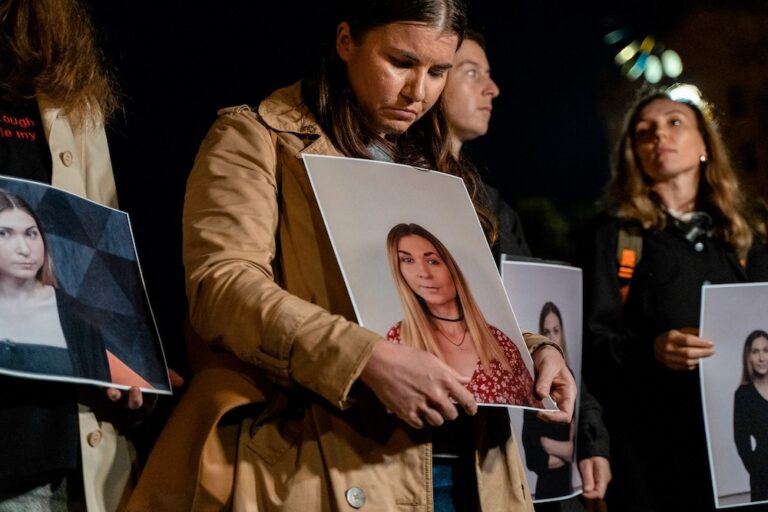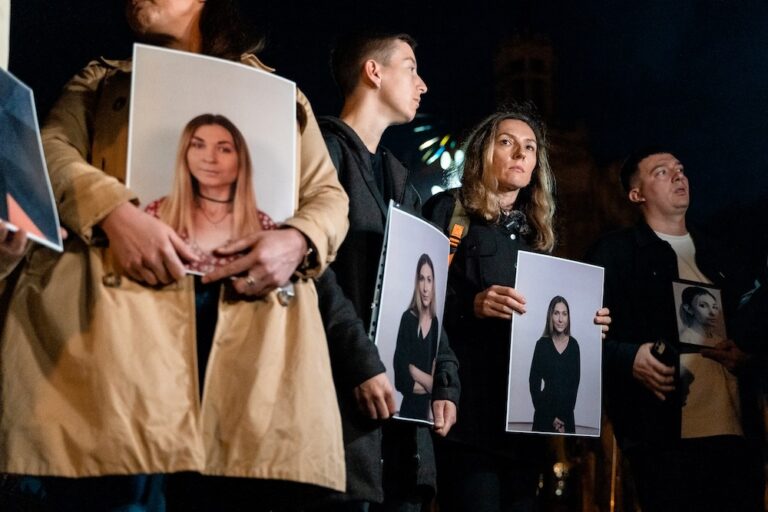In a country where media is polarised and journalists are under threat of attack from all sides, accurate information is a casualty of war.
An earlier version of this article was published on ifex.org on 16 December 2014 under the same headline.
“Many citizens in affected regions – they are frustrated. They do not trust media, because they get one picture from the Russian side, and an absolutely different picture from the Ukrainian side,” says Oksana Romaniuk, the director of the Institute of Mass Information (IMI) about Ukrainian citizens’ perception of news media.
The frustration that Romaniuk refers to is rooted in historical complexity, and speaks to the intertwined nature of censorship, media ownership, political affiliations, and conflict. And, in the past year, another deadly element has been added to this mix: impunity. No one is being held to account for attacks on journalists trying to cover these controversial stories.
From the beginning of the EuroMaidan protests in 2013, through the Russian annexation of Crimea, to the conflict in Eastern Ukraine, media workers have faced threats, attacks and even death in their quest to report the truth. Whether they are threatened by non-state actors in Crimea, attacked by police in Kiev, or killed in Eastern Ukraine, a pattern has clearly developed: there is a lack of accountability for the persecution of reporters – whether they are Ukrainian or members of the foreign media.
The ultimate form of censorship
Six foreign media workers and one Ukrainian journalist have been killed in Ukraine since the start of 2014. Others have been held captive in Donetsk, Luhansk and Crimea. IMI’s Press Freedom Barometer reports that in 2014, there have been at least 286 assaults on journalists, over 138 instances of censorship and 148 cases of journalists’ activities being impeded in some way.
One of the most widely reported cases in 2014 was the death of Andrei Stenin, a Russian war correspondent who had gone to Eastern Ukraine to cover the conflict.
According to the International Federation of Journalists (IFJ) Stenin went missing in August 2014. Nearly a month later, the journalist was declared dead. The details surrounding Stenin’s death are unclear; media outlets and free expression groups have reported different and sometimes conflicting explanations of how the journalist was killed.
On 3 September 2014, a statement published by Russia’s Investigative Committee said that Ukrainian separatists gave Stenin’s remains to Russian authorities in late August, and that DNA tests confirmed his identity. Later, according to the Committee to Protect Journalists (CPJ), Anton Gerashchenko, an official with Ukraine’s interior ministry, suggested that Stenin might have been detained by Ukraine’s security services. Gerashchenko later backtracked, saying that his words were taken out of context. According to Rossiya Segodnya, Gerashchenko said that the Ukrainian authorities did not have access to the area where Stenin is believed to have died, and could not investigate his death without access to the journalist’s body.
Free expression advocates around the world have deplored this violence, noting that such attacks affect more than just the journalists themselves. “Violence against journalists has a chilling effect on the whole society and cannot be tolerated. Much more needs to be done to end the circle of impunity,” said the Organization for Security and Co-operation in Europe (OSCE) Representative on Freedom of the Media Dunja Mijatović in a statement published on 20 August 2014.
The issue of journalist’s safety in conflict zones is one that extends far beyond Ukraine’s borders.
In a background paper for the Seminar and Inter-regional Dialogue on the Protection of Journalists at the European Court of Human Rights, Dr. Sejal Parmar notes that in situations of armed conflict, international humanitarian law provides a number of basic protections to journalists. “Journalists are entitled to the same status and protections as civilians and therefore should not be subject to direct attacks, which would also constitute a war crime,” Parmar says in a statement posted by the Central European University.
Parmar also notes that under international human rights law, states must take a range of proactive measures to protect journalists from attacks, whether they come from state agents or non-state actors. “There is a lot of law out there – both hard and soft – but it’s high time for states to comprehensively implement their international legal obligations,” says Parmar in the statement.
Holding governments accountable
One way that Ukrainian journalists and press freedom advocates hope to address the cycle of impunity in cases of threatened, attacked or killed journalists is by having President Petro Poroshenko publicly commit to media freedom. According to IMI’s Romaniuk, press freedom advocates asked Poroshenko to meet with the media community last summer to “voice his position on media reform, public broadcasting, and impunity.” But, according to Romaniuk, the president has yet to respond to their demand.
Could an independent public broadcaster help?
While investigations into attacks on journalists continue to lag, Ukrainian press freedom advocates are gaining some traction on an issue that could have a positive effect on the progress of those investigations: regulations on public broadcasting. In April 2014, a long-awaited public service broadcasting law was passed by the Ukrainian parliament, or the Verkhovna Rada. The OSCE notes that the new law requires broadcasters funded by the public to serve the public and not the political leadership.
“The new public broadcasting company will now need to set the standards of independence, pluralism and professional standards for all media in Ukraine,” said the OSCE’s Mijatović in a statement.
“Media which is not controlled, which is not subject to any will of media owners, which is not controlled by any political parties, any government, will have higher journalism standards of news than other media,” IMI’s Romaniuk says.
One step forward, two steps back
But a new government ministry could overshadow the successes gained by adoption of the public broadcasting law. On 2 December 2014, Ukrainian parliament passed a proposal to create the Ministry of Information Policy, with is aimed at “confronting Russia’s formidable propaganda machine,” according to IFJ.
The Ukrainian media community responded by sending open letters to authorities, criticising parliament for rushing the proposal through without consultation. Radio Free Europe/Radio Liberty reports that approximately 40 journalists and activists also demonstrated outside the Ukrainian parliament on 2 December, holding up signs comparing the ministry the one in George Orwell’s novel, 1984.
International free expression advocates further condemned the move. “Putting the government in charge of ‘information policy’ would be major retrograde step that would open the way to grave excesses,” Reporters Without Borders secretary-general Christophe Deloire said in a press release.
While the media is already clouded by political affiliations, and impunity for attacks on journalists reigns, the creation of a Ministry of Information Policy could make truth – and justice even harder to come by.
As IMI’s Romaniuk told IFEX in an interview in August, neither war nor patriotism should ever be used as an excuse for restrictions on the right of citizens to information.

Ukraine’s President Petro Poroshenko talks to the media during a news briefing in Kiev, 26 October 2014REUTERS/Valentyn Ogirenko



